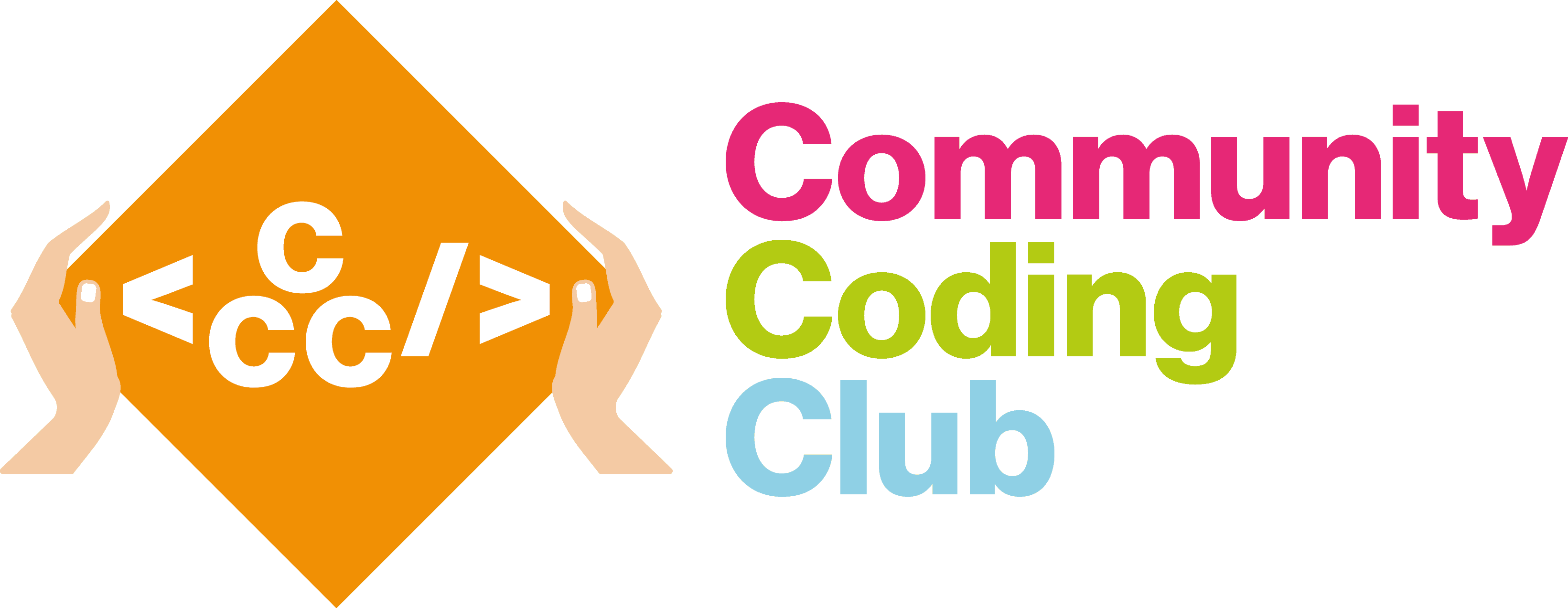Digital Skills Apprenticeships
Industry Specialist Trainers
0333 4444 227
hello@commun-it.org.uk
Browse Our Digital Apprenticeship Courses
All our courses start at various points throughout the year. Our aim is to start the process of onboarding the learner at the start of a month.
To register your interest for one of the courses below to receive a notification when the next cohort starts for it, please subscribe below.
The Top 3 Courses at Present
Junior Content Marketer
Content Marketers are essential to any creative team. With this apprenticeship trainees will create content that meets clients` needs; whether it’s for digital, social media, broadcast, or print. This way, helping businesses reach their target audience effectively.
Infrastructure Technician
An Infrastructure Technician provides support to internal and external stakeholders, helping them to be productive when using technology to do their own jobs, by using tools to problem solve and troubleshoot non-routine problems. The Infrastructure Technician sets people up on systems and provides support when they need it, rectifying issues to maintain the organization’s productivity.
Software Development Technician
A Software Development Technician typically works as part of a software development team, to build simple software components to be used by other members of the team as part of larger software development projects.
We can deliver Onsite or Remotely online no matter where your learner is, whether at home or in the office.

Cyber Intrusion Analyst

Cyber Security Technologist

Data Analyst

Digital Community Manager

Digital Marketer
Digital Support Technician

Infrastructure Technician

IS Business Analyst

IT Solutions Technician

IT Technical Salesperson

Junior Content Marketer

Network Cable Installer

Network Engineer

Software Developer

Software Development Technician

Software Tester

Unified Communications (until early 2021)

Unified Communications Troubleshooter
Frequently Asked Questions
This is set out in an agreement with your employer. Training can be weekly, monthly, block release or a mixture. You must spend 20% of your time on training activities, some of which is direct contact with your trainer and attendance is required.
You can read about time management for apprentices here.
- You can work, learn and earn, all at the same time. It does not get better than that when it comes to developing yourself in all areas whilst affording sustenance and a social life.
- You have two expert sources of knowledge. The workplace gives you the real world hands-on view of what that job is like to do and how to be the best. The training provider makes sure you are equipped to grow your knowledge and skills by yourself by understanding the academic basis for everything you are expected to do. Both places also provide additional support and guidance for your personal and career development. Therefore, an apprenticeship is like a launchpad for your future.
- An apprenticeship has flexibility. You can arrange the sort of training schedule that helps you do well, by agreeing this up front with your employer. They will represent your preferences when they discuss their own preferences with us. You might before to train just a few hours a day rather than a full day for example, so that you get to work everyday too. Much is possible.
- You can make a lot of friends and build your professional network so that in future, they can connect you with other opportunities. You should aim to earn everyone’s respect and be seen as a genuine worker and team member – you should not be expecting any special treatment, but rather aim to get a proper and real experience of the job. A real experience is what other academic based courses in university for instance, often cannot give you.
The job role must be valid for the qualification and suggested job roles are listed in our course descriptions for each of our courses.
You must be in a job to do an apprenticeship, therefore if your current role is eligible for the qualification (job description, contracted hours etc.), you might be able to ask your employer to sign you up as an apprentice in their organisation. This would mean that 20% of your working hours would be dedicated to training and not working on the job. You can request assistance from Commun-IT if you need to have this discussion with your employer.
For a Commun-IT apprenticeship, your work hours per week should be 31 or higher. If the job is not relevant to the Qualification Standard, you must find a job that is. You can check our vacancies here, and/or have us contact you if a suitable vacancy arises by filling in this form.
You are not prevented from having another job separate from your apprenticeship job. If you wish to undertake an additional job such that you can pursue an apprenticeship qualification, you can do so. However, if you are not performing your job properly as a apprentice, or you are lacking in your training, both the training provider and the employer have a right to end your apprenticeship.
The key to career progress has not changed. You must excel first in your job role so that you can move onto adding even more value in your organisation. The apprenticeship format ensures all your achievements and wins are celebrated and recognised, but it is up to you to make them happen. You should always actively seek out what results are expected from you at work and deliver them. You can read more in our guide on how to build a strong work ethic.
As an apprentice, you receive an increased amount of support with your career aims from Commun-IT, the training provider. You can speak to us about your goals, you can raise concerns, you can ask for assistance and guidance and most importantly, you can learn how to overcome any obstacle in the workplace or in your personal life. A job with no setbacks is a great place to be.
Your training is part of your work and is underpinned by your job contract. Therefore, your employer still handles things such as holiday under normal employment law.
Before committing to an apprenticeship, you must make yourself aware of any specific requirements that cannot be adapted for you e.g. compulsory training sessions that cannot be scheduled again.
If you have started training, you should inform your trainer as early as possible that you will be away and they can instruct you as to how to make up for lost time.
Apprenticeships are vocational training therefore any job can continue during an apprenticeship – the key is to put all preparations in place so that scheduling and delivery formats are discussed and agreed up front.
The gov.uk website displays the National Minimum Wage for Apprentices as £4.30 per hour as of April 2021, for the first year of employment.
The apprentice wage makes it possible for employers to still give paid job opportunities to unqualified staff. The employer does however, undertake a commitment to spend their own time and resource (both do cost the employer money) to help you get qualified and pass your course.
In your own career development, it is important to gain an understanding of your value as an employee. You must learn to record your results (deliverables) and achievements both quantitatively and qualitatively, as they serve a basis for negotiating your pay and the opportunities made available to you.
If you really are motivated to reach your peak performance, read our article on “Intrapreneurship”.
Explore One of our Courses or
Sign Up to get Access to our Hot Tips Newsletter




© Fresh Commun-IT Limited is a company registered in England and Wales with company number 09378225


